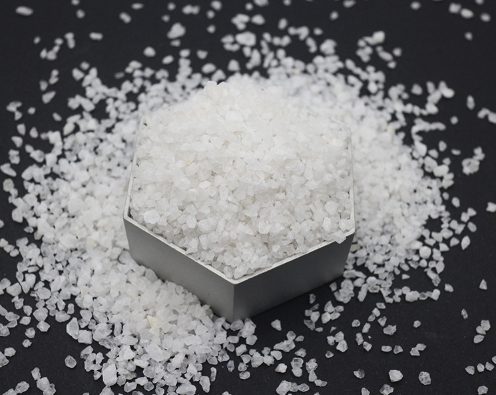- 05
- May
The difference between quartz sand, silica sand and silica
The difference between quartz sand, silica sand and silica
Quartz sand and silica sand are mainly composed of silicon dioxide. They are distinguished based on the content of silica. Silica content above 98.5% is called quartz sand, and silicon dioxide content below 98.5% is called quartz sand. Silica, the chemical formula is sio2. There are two kinds of silica in nature: Du crystalline silica and amorphous Zhi silica. Due to the difference in crystal island structure, crystalline silica can be divided into three types: quartz, tridymite and cristobalite. Silica is used to make flat glass, glass products, foundry sand, glass fiber, ceramic color glaze, anti-rust sandblasting, filter sand, flux, refractory materials and lightweight foam concrete.

Quartz sand is a quartz particle that is broken into white quartz stone. Quartzite is a non-metallic mineral. It is a hard, wear-resistant and chemically stable silicate mineral. The main mineral component is silica. Quartz sand is milky white or colorless and translucent. Its hardness is 7. Quartz sand is an important industrial mineral raw material, non-chemical dangerous goods, widely used in glass, casting, ceramics and refractory materials, smelting ferrosilicon, metallurgical flux, metallurgy, construction, chemical industry, plastics, rubber, abrasives, filter materials and other industries .
Quartz in silica sand is the main mineral component and particle size. According to different mining and processing methods, the 0.020mm-3.350mm refractory particles can be divided into artificial silica sand and natural silica sand, such as washed sand, washed sand and selective (flotation) sand. Silica sand is a hard, wear-resistant and chemically stable silicate mineral. Its main mineral component is silicon dioxide. Silica sand is milky white or colorless and translucent.
